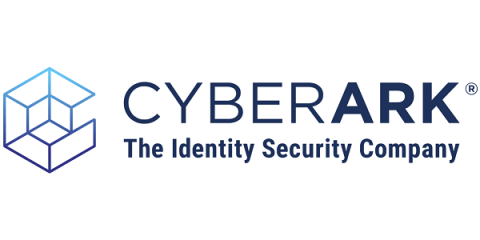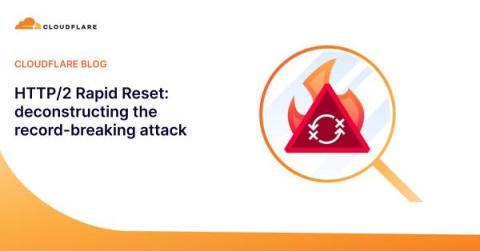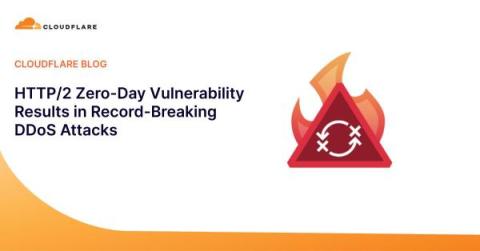PAM and Cloud Security: The Case for Zero Standing Privileges
The cloud has introduced entirely new environments, roles and circumstances that require us to reimagine the definition of privileged access management (PAM) and how to apply those principles to secure identities. PAM was built on the notion that identities must be secured, not just managed, to protect an organization’s most valuable assets. The well-recognized values of PAM remain highly desirable – least privilege, role-based access control and auditability of high-risk sessions.











